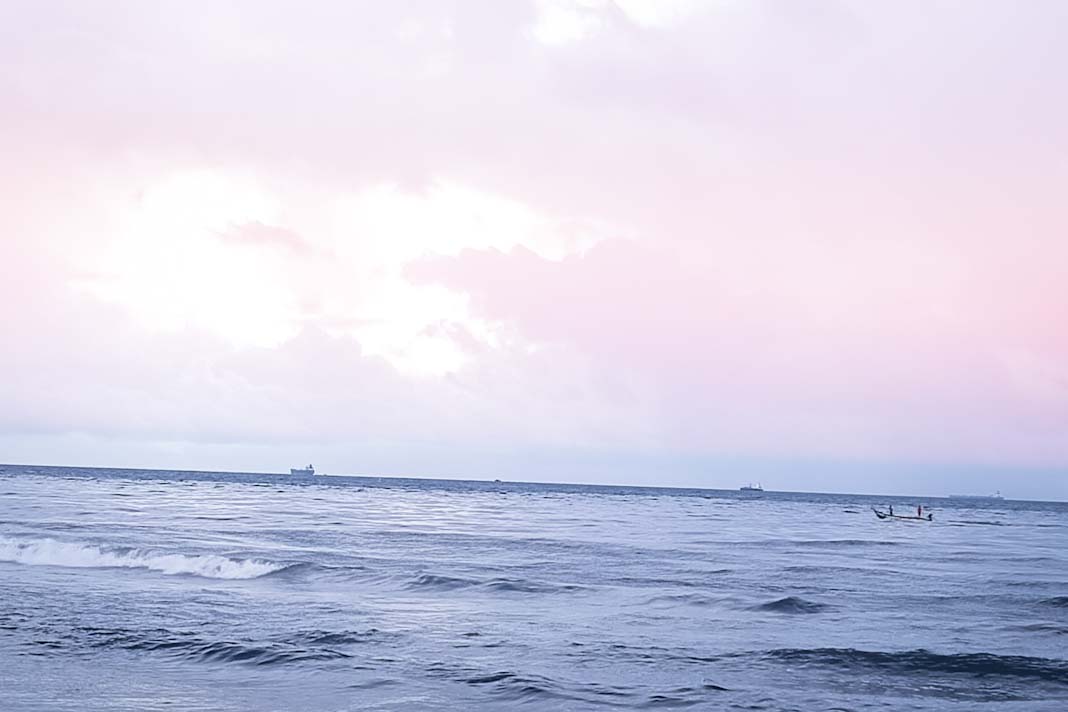
- Europe’s first dedicated offshore CO₂ carrier, built in the Netherlands, enters final construction phase as part of Project Greensand.
- The vessel will transport liquefied CO₂ from capture sites to offshore storage in Denmark, supporting the EU’s first full-scale CCS value chain.
- With full operations targeted for late 2025/early 2026, Greensand aims to scale from 400,000 tonnes to 8 million tonnes of CO₂ storage annually by 2030.
According to Ineos, Europe has reached a major milestone in its carbon capture and storage (CCS) journey with the completion of all hull sections for the continent’s first dedicated offshore CO₂ carrier. Constructed at Royal Niestern Sander shipyard in the north of the Netherlands, the vessel is a critical component of Project Greensand, which aims to establish the EU’s first full-scale, operational CO₂ storage value chain.
Mads Gade, CEO of INEOS Energy Europe, emphasized the significance of this achievement, calling it “a giant step forward” in realizing CCS infrastructure at scale across Europe. The vessel, designed to transport liquefied CO₂ from onshore capture facilities to offshore storage sites, will now enter the next stage of development—retrofitting, commissioning, testing, and sea trials.
Pioneering Role for Dutch Shipbuilding and EU Collaboration
The vessel is being developed under a landmark agreement between INEOS and Wagenborg, signed in November 2024 in the presence of King Willem-Alexander of the Netherlands and King Frederik of Denmark. Edwin de Vries, Director of Wagenborg Offshore, highlighted the project as a testament to the Dutch maritime sector’s contribution to the energy transition. Both Wagenborg and Royal Niestern Sander have a track record of innovation, including building advanced offshore support ships and the EasyMax vessel series.
Linking EU CO₂ Emissions to Danish Offshore Storage
The CO₂ carrier will operate regular voyages from Port Esbjerg in Denmark to the Nini West platform in the North Sea, where CO₂ will be injected about 1,800 meters below the seabed into geological formations that have safely stored hydrocarbons for millions of years. These formations have been thoroughly certified for secure and permanent CO₂ storage.
The ship is specially engineered for transporting liquefied CO₂, featuring onboard cooling and pressure regulation systems, and is designed to meet the highest standards of environmental and operational safety.
Final Investment Decision Sets Stage for Full-Scale Operations
In December 2024, INEOS, Harbour Energy, and Nordsøfonden made the Final Investment Decision (FID) to advance full-scale CO₂ storage operations in the Nini Field. The goal is to begin permanent offshore injection of CO₂ by late 2025 or early 2026, starting with an annual capacity of 400,000 tonnes and scaling up to 8 million tonnes per year by 2030.
The CO₂ carrier will play a central role in enabling this scalable solution by providing a safe and efficient transport link between carbon capture sites across Europe and the Danish offshore storage facility.
A Step Toward European Climate Leadership
The vessel’s construction reflects a broader strategic ambition: to make Project Greensand the first operational CO₂ storage facility in the European Union. With expected investments exceeding 1 billion DKK, this initiative aligns closely with both Danish and European climate objectives and demonstrates a practical path toward large-scale carbon emissions reduction.
Did you subscribe to our daily Newsletter?
It’s Free Click here to Subscribe!
Source: Ineos

















